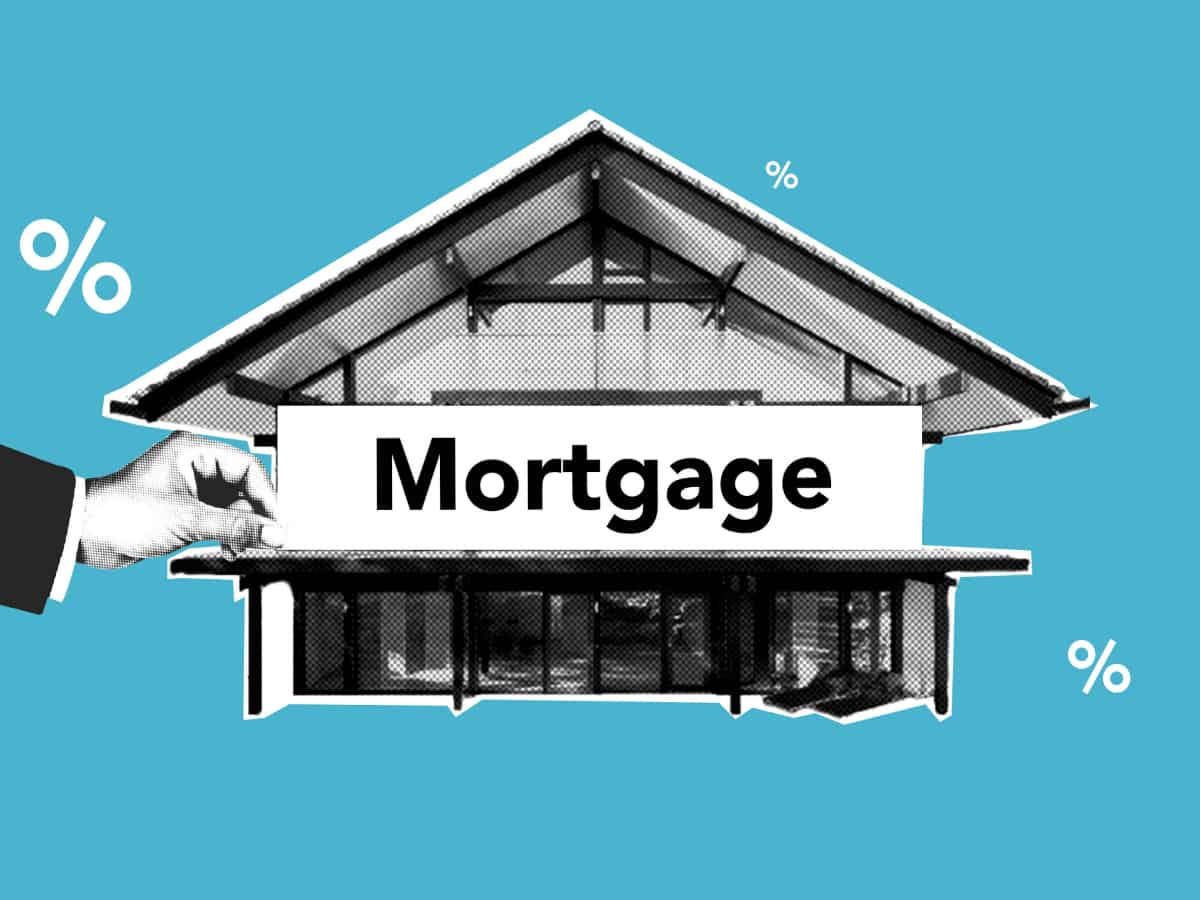Essential Features of a Mortgage Reporting Software

In the world of mortgage lending, efficient reporting plays a vital role for both financial institutions and borrowers. A well-designed mortgage reporting software can simplify processes, providing lenders with insights to help them make informed decisions.
In this article, we will delve into the elements that a comprehensive mortgage reporting system should encompass.
1. Time Data Integration
A crucial feature that any effective mortgage reporting software should provide is real-time data integration. This functionality allows lenders to consolidate information from sources like loan origination systems, credit bureaus, payment processors, and more.
By merging data from channels onto a platform, lenders can obtain a comprehensive overview of their mortgage portfolios, spot trends, and react promptly to market shifts.
2. Tailored Dashboards and Reports
Another key aspect of mortgage reporting software is the capability to design personalized dashboards and reports. Lenders have requirements when it comes to monitoring key performance indicators (KPIs) or tracking specific metrics within their portfolios.
An intuitive interface that supports drag-and-drop features and customization capabilities empowers lenders to craft dashboards that align with their needs. This flexibility allows lenders to concentrate on the information that's most important to them at any given moment.
3. Compliance Monitoring Tools
In the realm of mortgage lending, compliance holds importance, whereas accuracy is key. An effective reporting software solution should incorporate compliance monitoring tools to assist lenders in upholding industry regulations like HMDA (Home Mortgage Disclosure Act) or TRID (TILA RESPA Integrated Disclosure). These tools not only reduce the risk of non-compliance but also enhance efficiency by simplifying processes usually managed through manual means.
4. Forecasting Capabilities
Given the nature of mortgage lending, having forecasting capabilities in a reporting software solution is highly beneficial. The ability to produce forecasts based on data and market trends empowers lenders to make well-informed decisions regarding loan approvals, interest rate adjustments, and portfolio management. By utilizing these forecasting tools, lenders can proactively prepare for risks and optimize their lending strategies.
5. Portfolio Performance Analysis
A comprehensive mortgage reporting software should offer capabilities for analyzing portfolio performance. Lenders require access to visualizations and analytics that enable them to assess the performance of their mortgage portfolios by considering metrics such as loan-to-value (LTV) ratios, delinquency rates, prepayment rates, profitability, and more.
By examining these insights, financial institutions can identify patterns or unusual data points in their loan portfolios and implement corrective actions.
6. Features for Communication and Collaboration
Communication among team members plays a vital role in ensuring smooth lending operations. By incorporating tools within the software, lenders can streamline communication channels such as messaging systems and task assignment platforms. The ability to securely share reports with colleagues fosters teamwork and accountability across the organization.
7. Measures for Data Security
Given the nature of borrower information and financial data in mortgage lending, it is vital to prioritize data security measures when choosing a reporting software solution. Encryption protocols, user access controls, and firewalls work together to protect information from unauthorized access or security breaches.
8. Integration of Loan Origination and Servicing
A comprehensive mortgage reporting software should seamlessly integrate with loan origination systems (LOS) and loan servicing platforms. This integration allows lenders to efficiently capture borrower details, loan terms, payments, and other crucial data points. By centralizing this information within the reporting software, lenders can gain a view of their loans from the origination to the servicing stages.
9. Analytics and Performance Benchmarking
To remain competitive in the mortgage lending sector, lenders require access to analytics tools that offer insights into industry trends and benchmarks. A robust reporting tool should include features that enable lenders to compare their performance with industry averages or key metrics to pinpoint areas for enhancement or leverage strengths effectively. By utilizing these capabilities, lenders can make decisions based on reliable market intelligence.
Conclusion
In the landscape of mortgage lending, possessing comprehensive mortgage reporting software has become essential for financial institutions aiming for efficiency and growth.
With real-time data integration, customizable dashboards, compliance monitoring tools, forecasting capabilities, portfolio performance analysis features, communication functions, and robust data security measures, such software enhances productivity while reducing the risks associated with reporting procedures.
By investing in mortgage reporting software—one that encompasses all these features—lenders can position themselves for enhanced decision-making processes that ultimately lead to greater success in the fiercely competitive mortgage industry.







